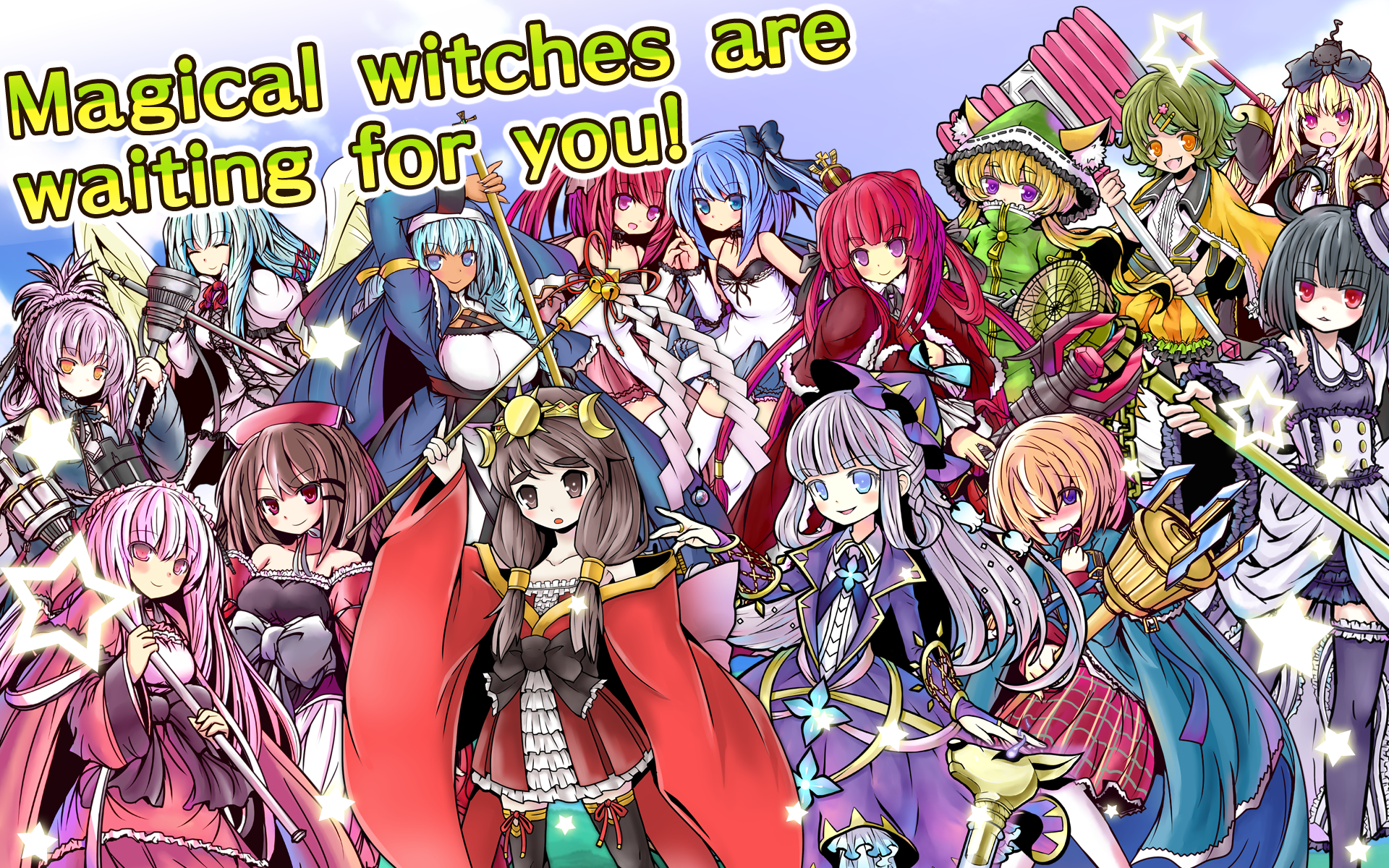

Rather than being a brief moment in history, the persecution of witches is an example of society's seemingly eternal misogyny, while women today are direct heirs to those who were hunted down and killed for their thoughts and actions. Examining modern society, Chollet concludes that these women continue to be harassed and oppressed. But who were the women who were accused and often killed for witchcraft? What types of women have centuries of terror censored, eliminated, and repressed?Ĭelebrated feminist writer Mona Chollet explores three types of women who were accused of witchcraft and persecuted: the independent woman, since widows and celibates were particularly targeted the childless woman, since the time of the hunts marked the end of tolerance for those who claimed to control their fertility and the elderly woman, who has always been an object of at best, pity, and at worst, horror. Witches are both the ultimate victim and the stubborn, elusive rebel. Mona Chollet's In Defense of Witches is a "brilliant, well-documented" celebration ( Le Monde) by an acclaimed French feminist of the witch as a symbol of female rebellion and independence in the face of misogyny and persecution.Ĭenturies after the infamous witch hunts that swept through Europe and America, witches continue to hold a unique fascination for many: as fairy tale villains, practitioners of pagan religion, as well as feminist icons.


 0 kommentar(er)
0 kommentar(er)
